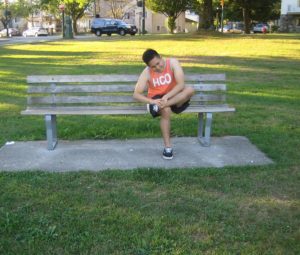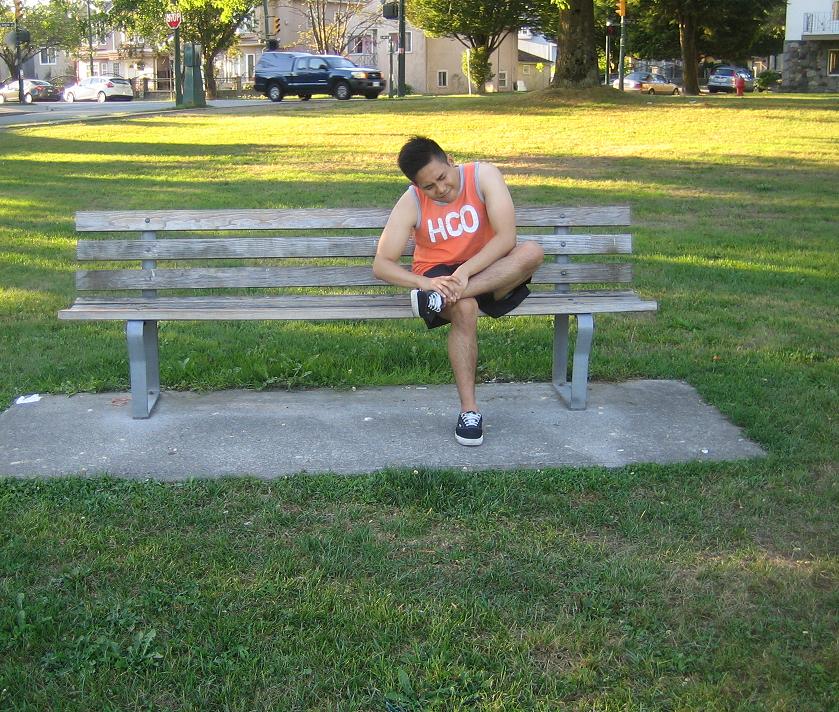Venous thromboembolism is simply a blood clot in the vein. This condition is associated to 2 life-threatening conditions such as:
- Deep vein thrombosis which is a clot that forms in a deep-seated vein, frequently in the leg.
- Pulmonary embolism occurs if a clot breaks free from the vein walls and travels to the lungs and obstructs partially or fully the blood supply. The blood clots that develop in the thigh are expected to break loose and move to the lungs than the clots in the lower part of leg or other parts of the body.
What are the possible causes?
The blood clots form if something slows or alters the blood flow in the veins. These clots might form inside or travel to the veins or arteries in the brain, kidneys, heart, lungs and limbs. These clots can cause stroke, heart attack and even damage the organs or result to death.

It is important to note that clotting is likely to occur among those who smoke, use estrogen or birth control pills or have certain conditions such as cancer, lupus or even obesity. The risk is higher among those who have thicker blood since too many blood cells are produced by the bone marrow. In addition, recent surgeries usually in the knee, hip or pelvis also increases the risk.
An inherited source of excessive blood clotting is uncommon. The hereditary defects can arise in the proteins required for clotting as well as with substances that postpone or liquefy the clots.
Venous thromboembolism is prevalent among adults age 60 and older, but they can occur at any age but rare among children.
Management of venous thromboembolism
Venous thromboembolism includes deep vein thrombosis when a clot forms in a deep vein in the leg. Pulmonary embolism occurs if this clot breaks free and travels from the legs to the lungs.
Both can be serious conditions that require immediate medical care. Prompt diagnosis and treatment can lead to recovery but lasting complications can occur.
The treatment usually includes blood thinners to break up the clots and prevent new ones from forming. The common options include the following:
- Anticoagulants including injectable options such as heparin or tablets such as warfarin.
- Compression stockings and air compression cuffs or garments for the calves, legs, chest or arms that fill with compressed air and work by increasing the blood flow.
- Thrombolytic therapy includes medications such as tissue plasminogen activator which is a clot-dissolving enzyme.

